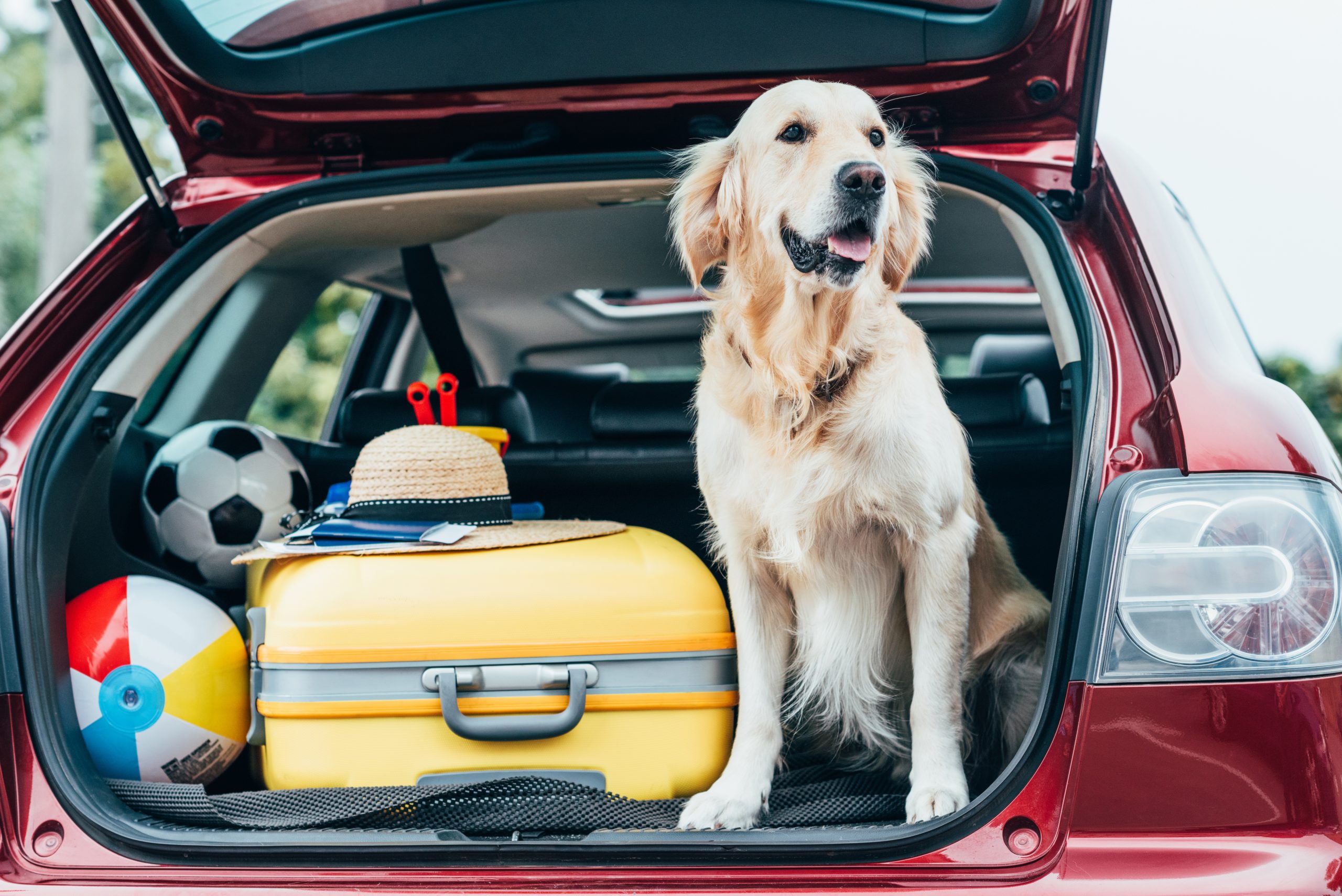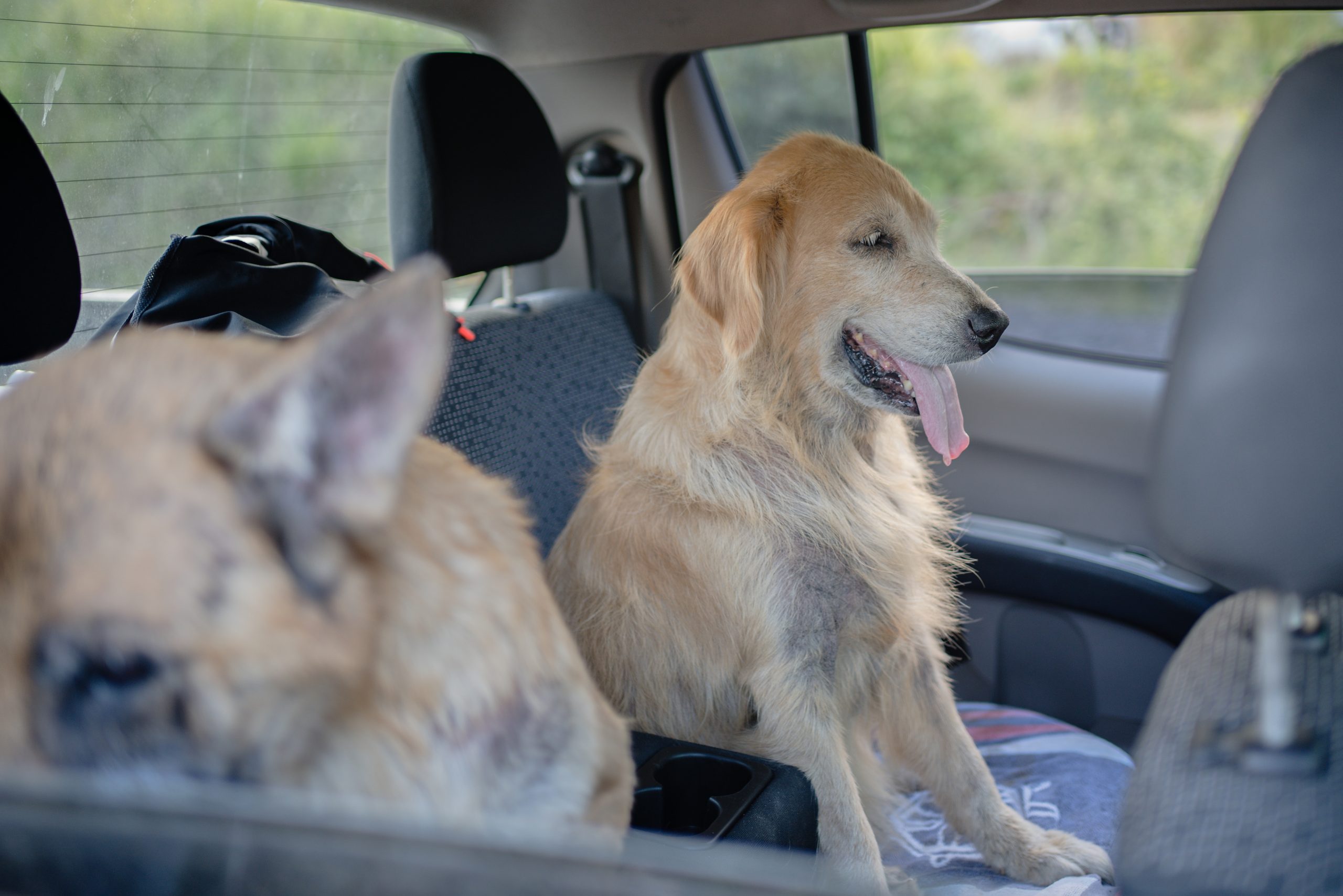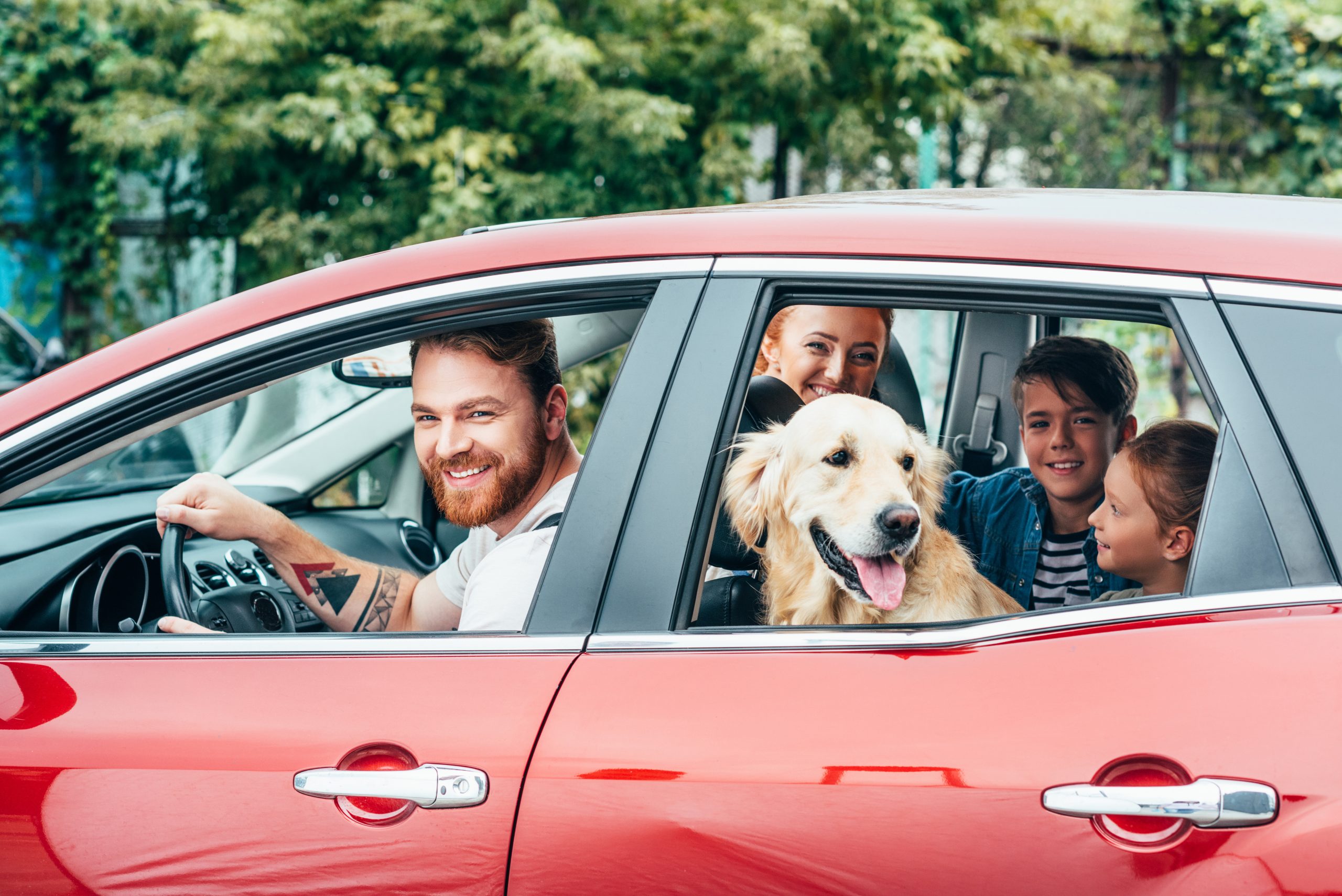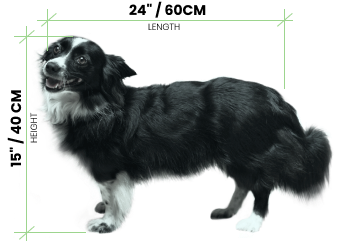It’s natural to want to take your dog with you when you visit places and explore new walks. But what if your dog hates the car? Dog car anxiety is surprisingly common and can ruin a day out before you’ve even left the driveway. Luckily, there are lots of things you can do to help your dog’s car anxiety and make traveling with your four-legged friend a more enjoyable experience all around.

Why Does My Dog Hate The Car?
When you think about it, it’s no wonder that some dogs dislike car travel. There’s the loud noise, the vibrations of the engine, being confined to a small space, and the motion itself. Dogs are smart and if previous trips in the car have resulted in a visit to the veterinarian or another unpleasant experience then your dog will associate this with the car. Some dogs can suffer from travel sickness, which will only heighten anxiety surrounding journeys in the car.
Car Sickness in Dogs
Not all dogs will actually vomit if they get car sick. Other more subtle signs that your dog may be feeling nauseous include:
- Drooling excessively
- Lip licking
- Frequent yawning
- Whining or whimpering
You can help to prevent your dog’s car sickness by ensuring he’s facing the front and can look out of the window. This might mean he sits on a car seat wearing a doggy seatbelt and harness, rather than being put in the trunk. Open some windows to allow fresh air to circulate and try to take the most straightforward route, rather than a windy back road. Classical music has been proven to have a calming effect on dogs so this could be a good choice of radio station for your worried pooch.
If your dog’s car sickness is severe then you might need to talk to your veterinarian about using anti-nausea medication. Until your dog’s car sickness is treated, you are unlikely to be able to overcome his anxiety surrounding the car because as we all know, feeling nauseous is extremely unpleasant.
Teach Your Dog to Like the Car
The first step in this process is to desensitize your dog to the car. Desensitization involves introducing the concept of car travel slowly and gradually to ensure that your dog is comfortable. It will always work best if started in puppyhood before your dog has had a chance to form any negative associations with car travel.

How To Desensitize Your Puppy To The Car
- Start with the car parked and the engine turned off. Put your puppy in the car where you want him to travel and sit next to him, all the while giving him praise or treats or both! Do this for a few short sessions before moving on to the next step.
- Give your puppy a chew or a stuffed Kong and sit behind the wheel of the car. Get him used to being further away from you in the car.
- Turn on the engine and immediately turn it back off again. Reward your dog with a treat or praise but do not excessively comfort him as this will only teach him that there is something to be worried about.
- Build up to each step of the car journey slowly and make sure your puppy is completely at ease before moving on to the next step. If at any point he seems anxious, return to the previous step.
- Continue by just backing out of the driveway and then back in again. Progress to a quick drive around the block. Keep journeys short until your puppy is happy in the car and try and ensure that the car trip ends at a fun destination like a visit to the park or to see a friend.
For dogs that already have car anxiety, desensitization is paired with a process called counterconditioning.
Counterconditioning
This process is very similar to desensitization – the main difference is that it is used to alter the response of a dog that already has car anxiety. The primary concept involves rewarding your dog’s choice to spend time in the car. Start by rewarding your dog every time he looks at the car. Then progress to rewarding him when he moves closer to the car. Gradually build up until your dog is happy choosing to get into the car. Then build up slowly to a short car journey.
Counterconditioning is a slower process than desensitization because your dog has already formed a negative association with the car, which you are trying to replace with a positive one. The key is to reward him heavily and only progress to the next step once your dog is completely happy.
Desensitization and counterconditioning will often be more effective if you work closely with a suitably qualified animal behaviorist who will be able to tailor an individual plan for your canine companion and help you spot the signs of dog car anxiety.

What Else Can I Do?
Anti-anxiety jackets such as the ThunderShirt may help keep your dog calm during travel by exerting gentle pressure around your dog’s torso. This is likened to the process of swaddling a newborn baby to relax them.
Desensitization and counterconditioning may be more effective if used in conjunction with calming supplements. Some dogs with severe car anxiety may require prescription medication to achieve good results with these behavior modification plans. Talk to your veterinarian who will be able to advise you on the best options for your dog.
Frequently Asked Questions
What can I give my dog for anxiety when traveling?
There are lots of different calming supplements available for dog car anxiety. Your veterinarian will help you choose the best one for your dog.
How do I stop my dog from being scared of the car?
There is no quick fix for dog car anxiety but behavioral modification plans can help your dog to replace negative associations with positive ones. Ask your veterinarian to refer you to a behaviorist who will help you to put a plan in place.
How do I know if my dog has car anxiety?
Different dogs may exhibit car anxiety very differently but some common signs to watch out for are shaking, whining, drooling, or panting excessively.
Why does my dog get anxious in the car?
There are many reasons why your dog might be anxious about the car. He might be scared of the loud noises and vibrations, he might dislike being confined in a small space, or he might even be feeling nauseous due to car sickness.

